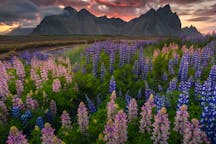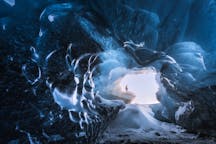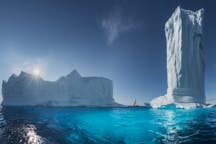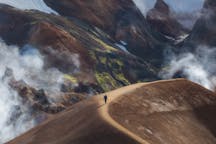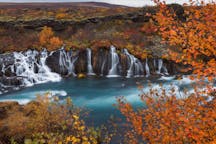
Interview with Jess Santos

If there are stars in the sky but nobody is around to see them, then do they really exist? For American landscape photographer and Sony Alpha ambassador, Jess Santos, there is something magical about capturing these unseen moments in time and sharing them with the world.
While everyone is tucked snugly into bed, Jess spends her evenings chasing the beauty of nature across mountains and deserts, in pursuit of moonlight. With an expansive portfolio of breathtaking night sky photography and incredible post-processing skills to match, her photography is infused with the all-encompassing wonder and inspiration that only dreams are made of. This month, we were lucky enough to chat with Jess about her work and to gain an insight into what it is that makes her truly tick.
 Jess Santos is a landscape photographer based in the USA. Photo by: 'Jess Santos'.
Jess Santos is a landscape photographer based in the USA. Photo by: 'Jess Santos'.
- Check out these Photographer Interviews
- Explore our range of Antarctica Photo Workshops
- Learn all about The DSLR Accessories Every Photographer Needs
Hello Jess, thanks for joining us! For those who are unfamiliar with your work, tell us a bit about your background. Where are you from and how did you first get into photography? Do you have any formal training or are you self-taught?
I’m originally a graphic designer, I landed a job with a wedding photography company as a retoucher. A friend and photographer at the same company would take the whole month of January off to travel around the southwest taking landscape photos and I thought: I want to try that! So, I borrowed a camera and went to Death Valley with him and my mom. We were out shooting moonlight in the dunes and I decided that I wanted to pursue this more. I became obsessed and started watching YouTube and reading so many articles and blogs, and practicing out in the desert every chance I could get.
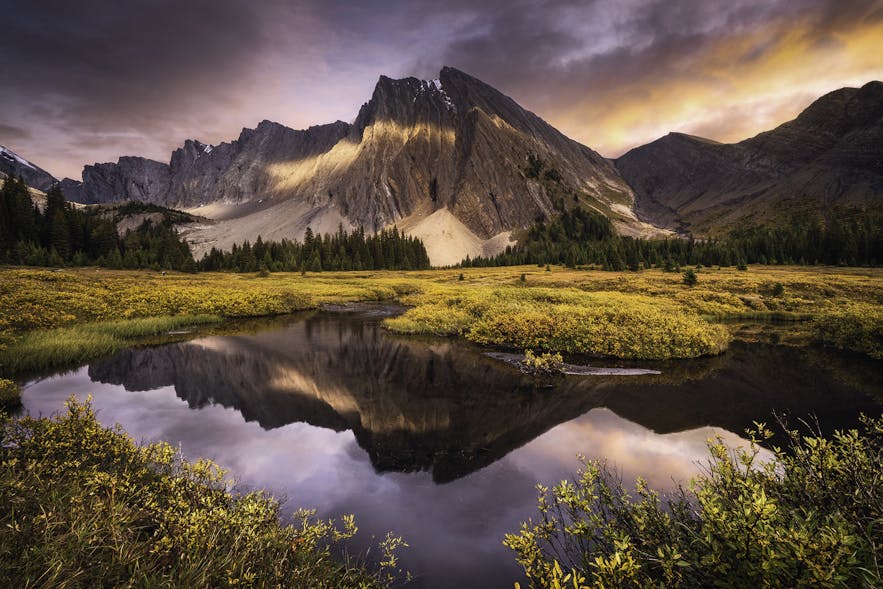 Jess developed a passion for photography after borrowing a camera for the first time. Photo by: 'Jess Santos'.
Jess developed a passion for photography after borrowing a camera for the first time. Photo by: 'Jess Santos'.
What kind of challenges have you faced during your photography career to get to where you are today?
The biggest challenge I have had to face is determining what is the best way to spend my time. Sometimes, that has been chasing the weather, flowers or the Milky Way and other times, it is knowing when my time is best spent at home post-processing and working on the business end of things. The creator in me wants to be out chasing the shot but a lot of the time, I need to be focused on the non-creative side of the business. I think in a career path like photography, it makes it difficult to find the balance between creating and administration, since we have to wear so many hats.
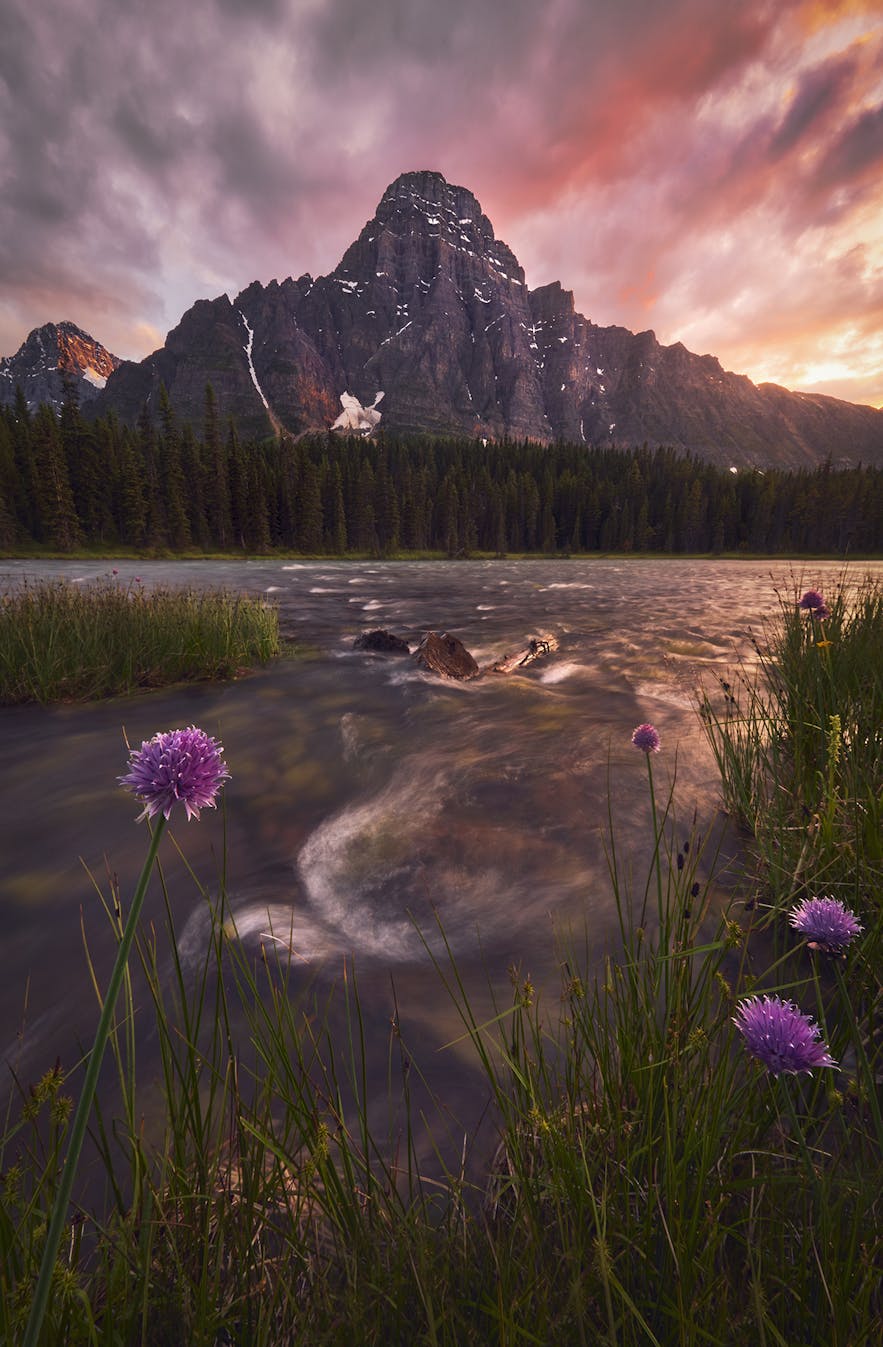 Determining the best way to spend your time is one of the biggest challenges as a photographer. Photo by: 'Jess Santos'.
Determining the best way to spend your time is one of the biggest challenges as a photographer. Photo by: 'Jess Santos'.
Who or what inspires you to keep creating and exploring?
I get these pictures in my head of scenes I want to create, so I visit places over and over until I get it right. I feel like really getting to know a place and then challenging myself to capture something different every time I visit keeps me engaged and creative.
What draws you most to capturing landscapes and nature?
I love being in nature and the adventure aspect, so naturally doing landscape photography allows me to get out and explore and capture my experience through the lens. The experience is always my top goal, and for me photography enhances that.
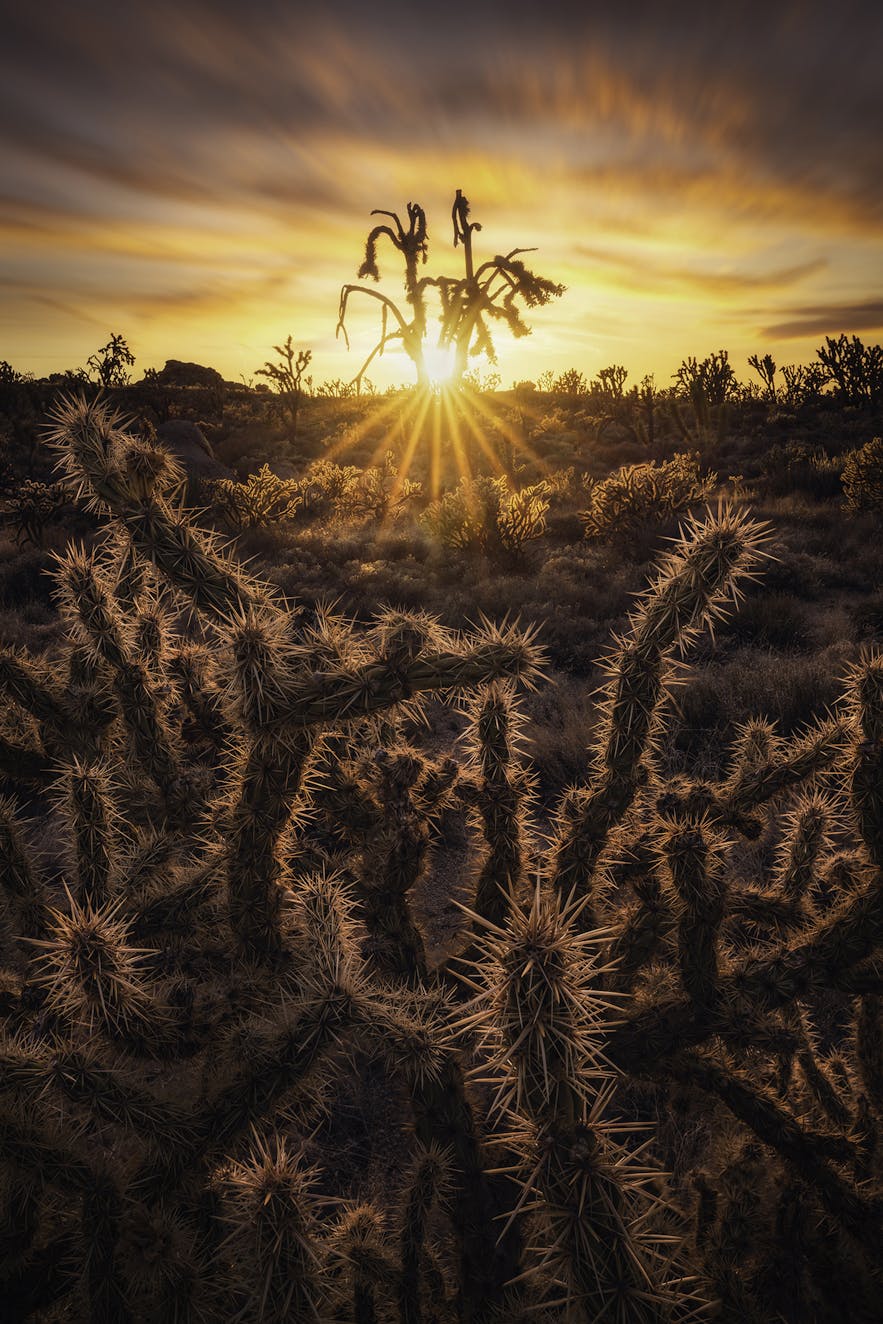 Landscape photography allows you to get out and explore. Photo by: 'Jess Santos'.
Landscape photography allows you to get out and explore. Photo by: 'Jess Santos'.
- See also: 25 Tips for Creative Beach Photography
Do you think talent for photography is something a person is born with or which is nurtured over time?
I believe you can nurture a talent for photography – aside from the technical aspects, one can learn how to look at landscapes and how to envision the final photo, knowing what’s possible both in camera and in post processing.
How would you describe the power of landscape photography and what influence does it have upon nature and the world?
Landscape photography allows the photographer to share a moment with the world that might otherwise have gone unseen. It allows the viewer to be transported into a place they might never get to visit or inspire them to get out and see the world.
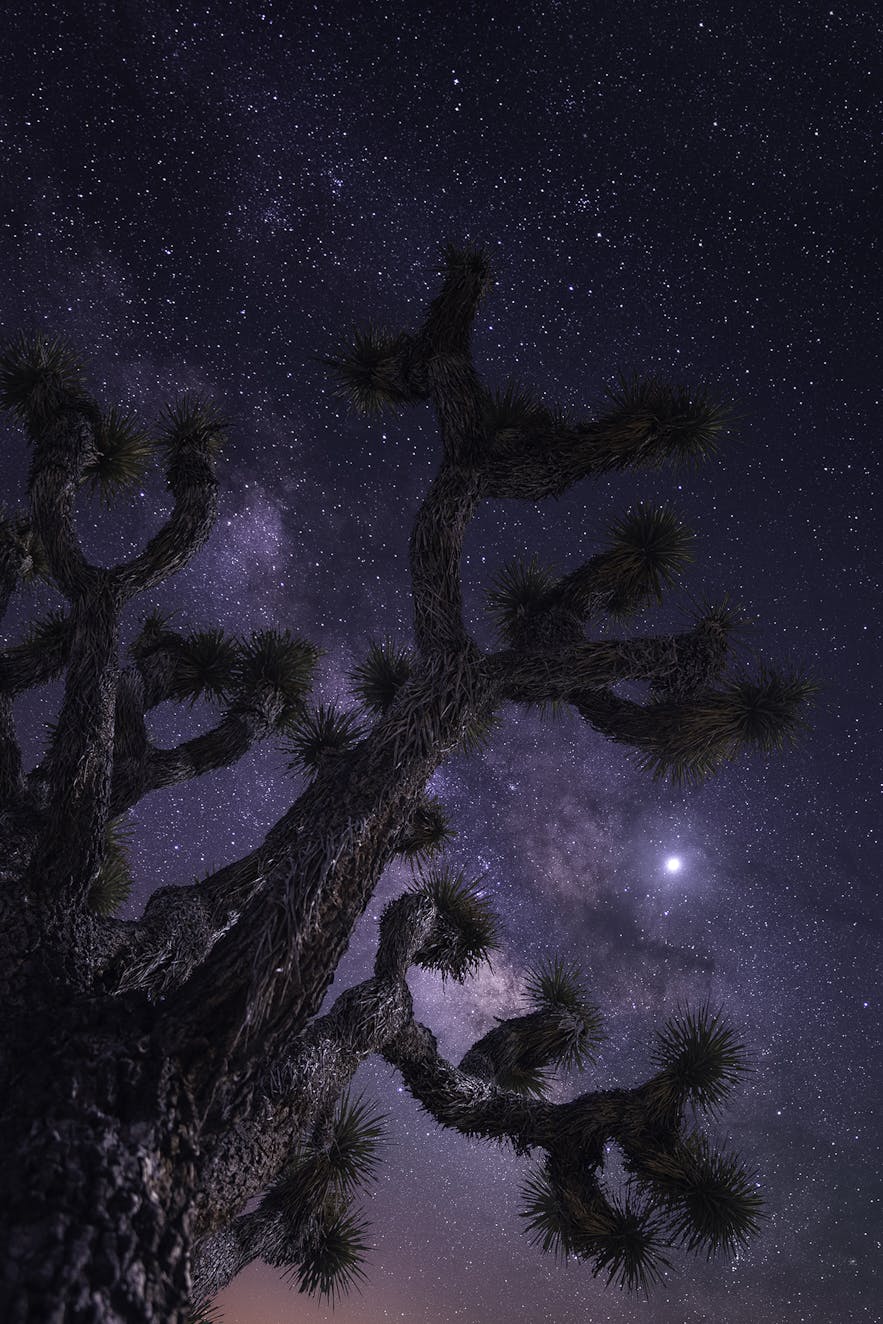 Landscape photography allows you to share moments with the world that might otherwise go unseen. Photo by: 'Jess Santos'.
Landscape photography allows you to share moments with the world that might otherwise go unseen. Photo by: 'Jess Santos'.
What camera gear do you shoot with? Do you use different equipment when photographing at night?
I shoot with the Sony A7R III & Sony A7 III along with a variety of Sony lenses, my favourites being the 24-70mm GM f/2.8, 16-35mm GM f/2.8 and 12-24mm G f/4.
For night photography, I use mainly the same gear but the lens choice is important as I need a fast lens (something f/2.8 or lower).
- See also: Best Lenses for Night Photography
How important is post production to you? What are your go-to editing platforms on desktop and mobile? How long does this process normally take you?
I believe that post production is half of my creative process. When taking a photo, I know what I want the finished product to look like and I shoot for that. It’s so important, in my opinion, to be able to see a scene from start to finish. Rarely do I go into a shoot without an end goal in mind.
My go-to editing software is Capture One and Photoshop, and I use two other programs called Helicon Focus and Starry Landscape Stacker quite often. These are all desktop software, I don’t edit on my mobile often but if I do, I use Lightroom mobile.
The editing process can take anywhere from 30 minutes to a few hours – it really depends on how many moving parts there are to a particular scene and the vision that I have for the image. In general, my night sky images take 1-2 hours.
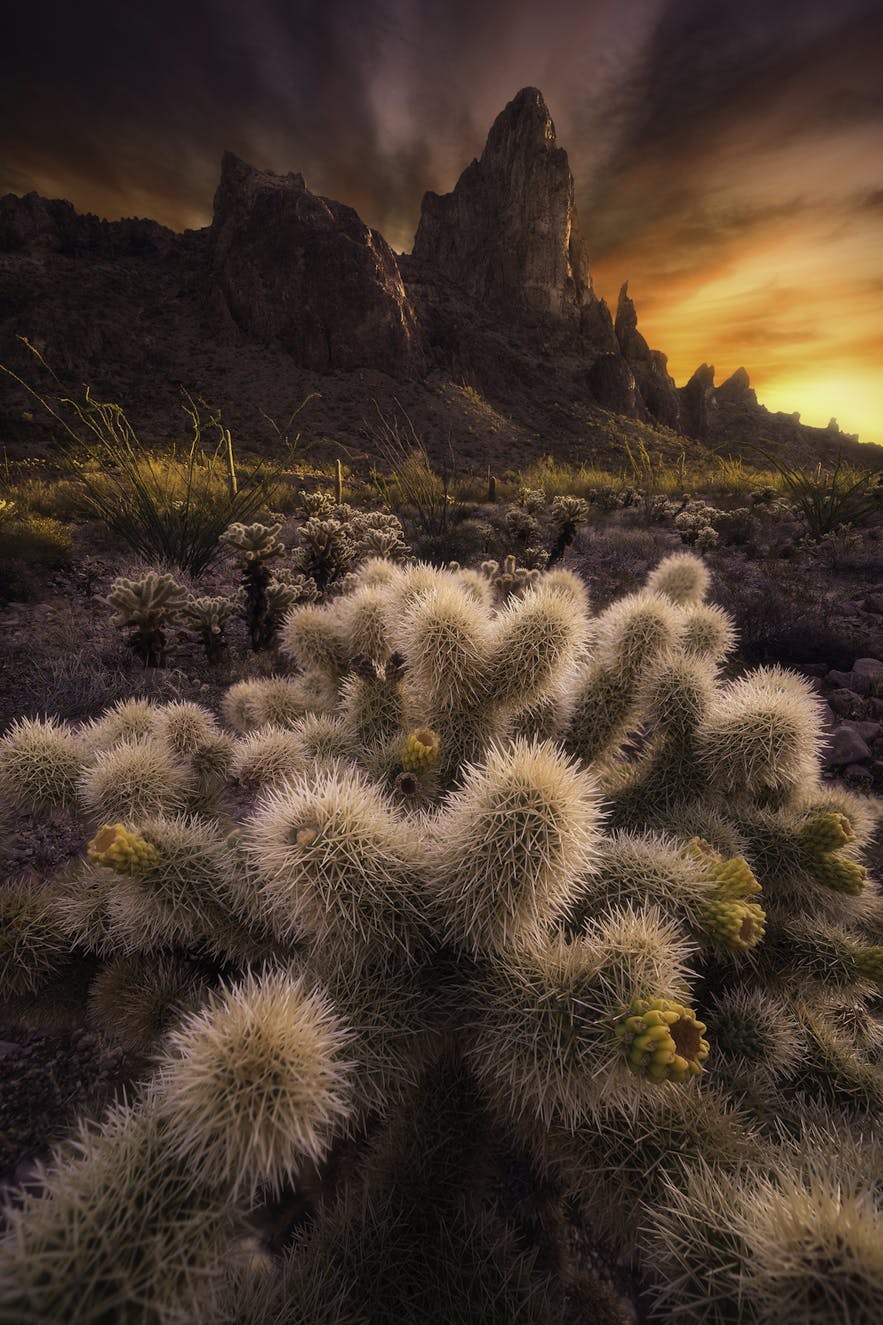 Editing a photo can take anywhere from 30 minutes up to a few hours. Photo by: 'Jess Santos'.
Editing a photo can take anywhere from 30 minutes up to a few hours. Photo by: 'Jess Santos'.
What is your workflow for astrophotography? What kind of processing do you think yields the best images?
I use two main techniques for astrophotography. The first is blue hour blending, which means that the landscape is shot during blue hour and the stars are shot during the night.
I also use a technique called stacking, which is where I shoot 20 images consecutively of the stars at a very high ISO (around 12800) and a short shutter speed (varies depending on focal length). This allows me to capture all the light and colour of the Milky Way. Later, I combine the shots using a program called Starry Landscape Stacker. The final result is a super-detailed image without noise.
For me, the processing of the images is mainly the same. There are many ways to process, however, I’ve found that this works the best for me: Capture One to do basic edits, Starry Landscape Stacker to combine sky shots, then Adobe Photoshop to combine the sky and landscape as well as for the final touches.
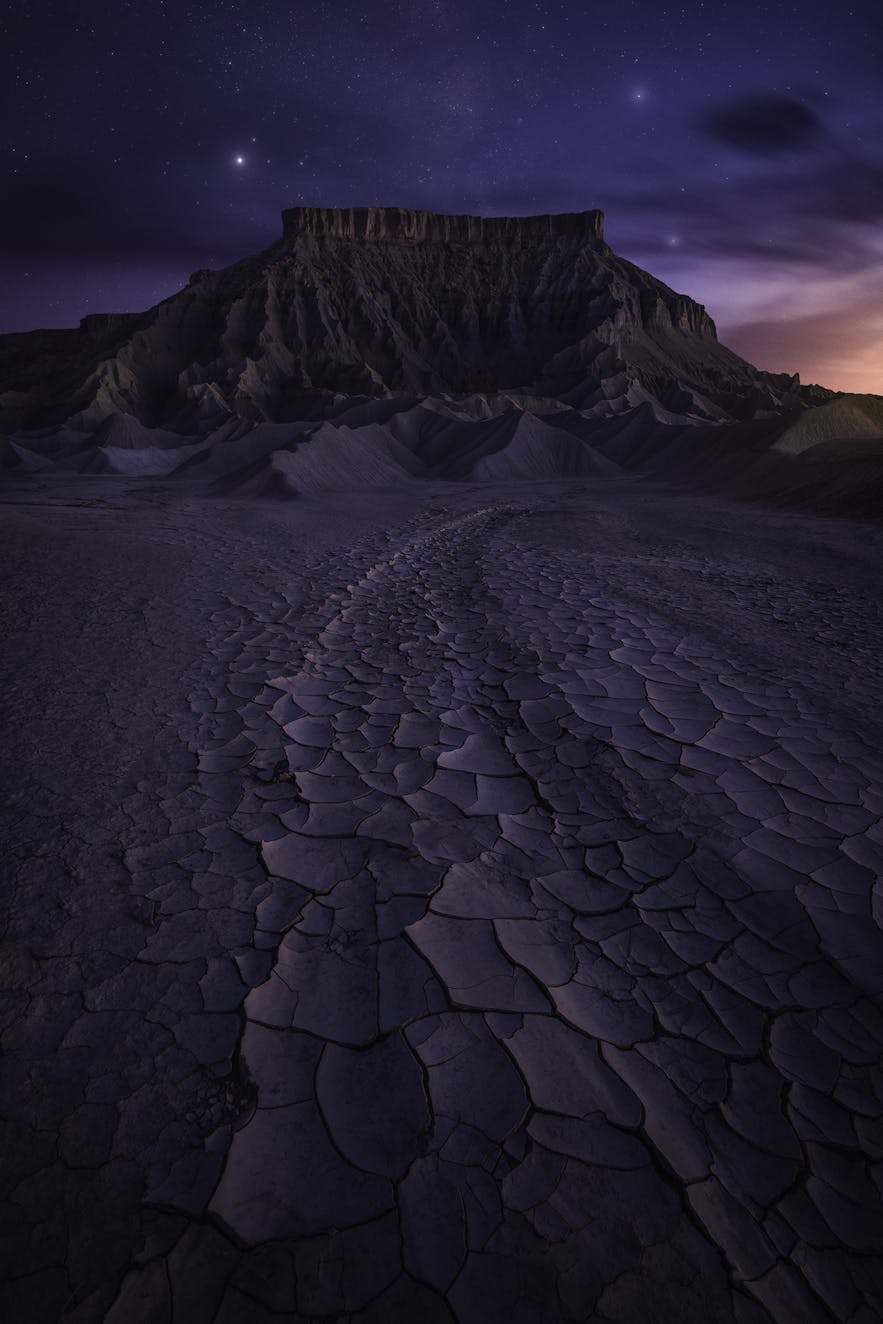 Blue hour blending is one of Jess' specialties. Photo by: 'Jess Santos'.
Blue hour blending is one of Jess' specialties. Photo by: 'Jess Santos'.
What do you try to communicate with your photography? What’s your mission and how do you achieve it?
I try to tell a story, whether that be in the traditional sense or in a way that captures the moment I was in when I took the photograph. A long time ago, I started teaching myself to savour the moment versus trying to capture the perfect photo. I found this helped me to grow creatively and allowed me to experience the scene and attempt to translate that through my photography.
Sometimes, it is more obvious than other times. Not all my photos are the “perfect photo” but they are little pieces of my thoughts, feelings and emotions in that precise time.
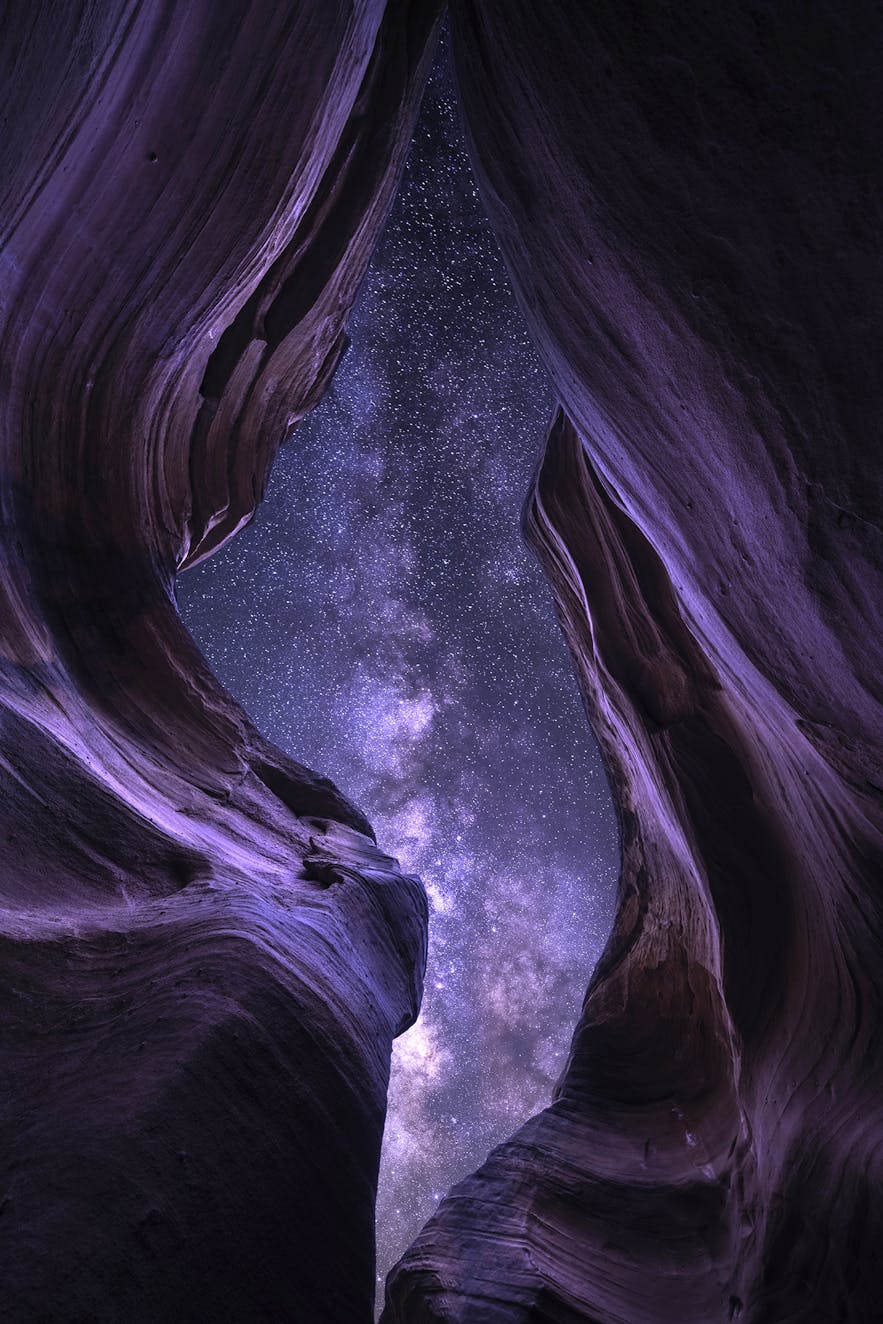 Every image that Jess takes holds a piece of her feelings, thoughts and emotions. Photo by: 'Jess Santos'.
Every image that Jess takes holds a piece of her feelings, thoughts and emotions. Photo by: 'Jess Santos'.
What is the thing that you have been most proud of in your career to date?
I think my proudest moment would have to be teaching another photographer something, whether it be blue hour blending, post processing or composition... seeing what they come back creating and seeing the joy when they capture something that is truly their vision.
- See also: Ultimate Guide to Blue Hour Photography
Is there an image that got away or one you have envisioned but haven’t been able to capture just yet?
I have a few of these, I re-visit my little cactus garden in Alabama Hills, California over and over trying to capture exactly what I have envisioned in my mind, and yet I still haven’t captured it, but oh is it fun trying!
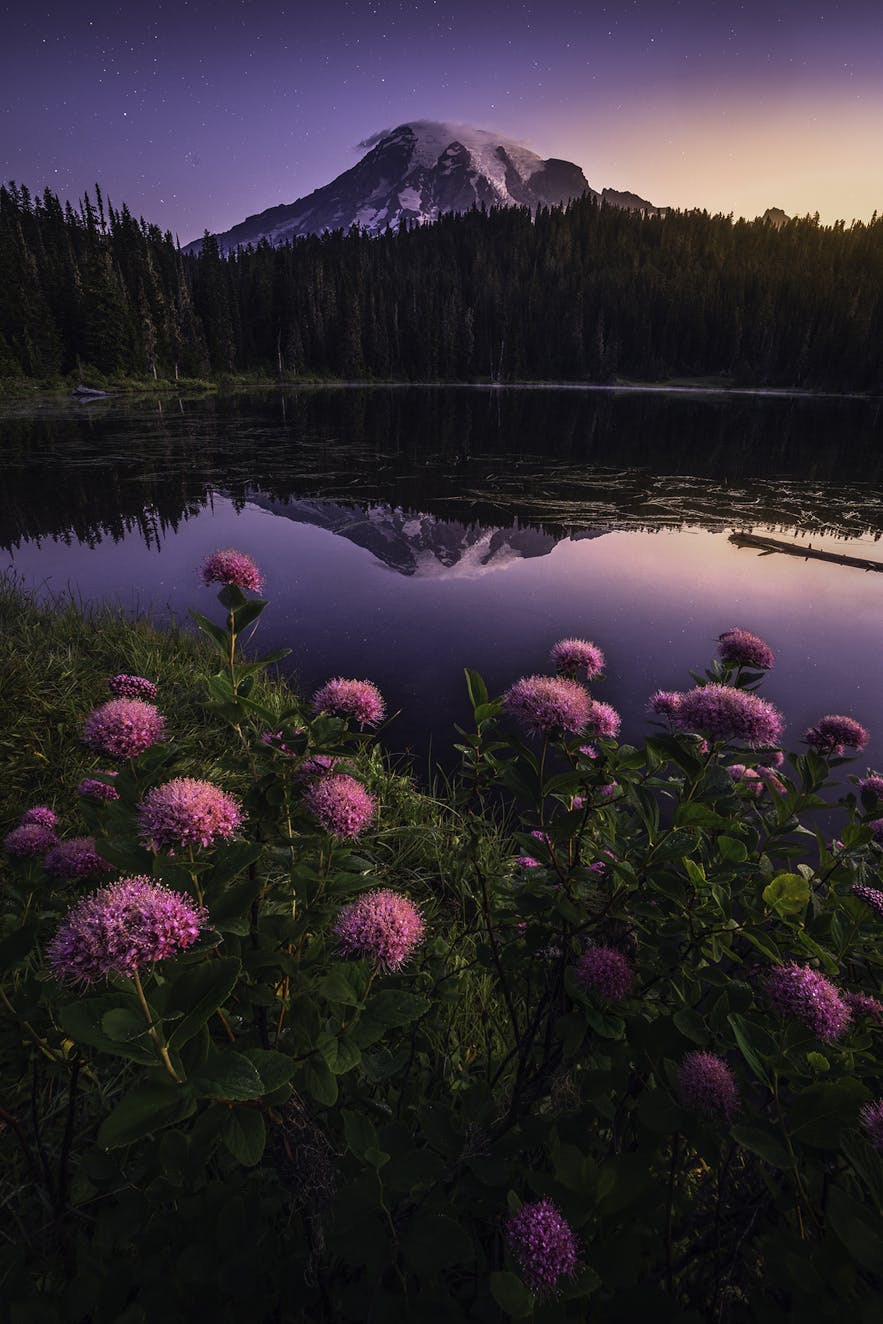 Capturing an image like this can take a lot of planning and patience. Photo by: 'Jess Santos'.
Capturing an image like this can take a lot of planning and patience. Photo by: 'Jess Santos'.
- See also: Ultimate Guide to Desert Photography
What are your biggest marketing tools and how did you harness them to create a successful photography business?
My biggest marketing tool is Instagram. This platform to me is all about creating a community. I strive to respond to as many people as possible whether they are a potential client or not, it doesn’t matter. I believe in providing content that makes it worth it for my audience to follow along and share all my tools and settings and if someone wants to learn more great, and if not that’s ok too. Community over competition, always!
Are there any other projects that you can tell us about that are on the horizon for you?
I am currently working on my Dark Sky Week meetups. I’ve partnered with B&H Photo and a few other photographers to spread the message of light pollution and how it affects our night skies. We are hosting meetups at a different dark sky credited park each night for one week to gather as a community of night photographers and enjoy a moonlit night together.
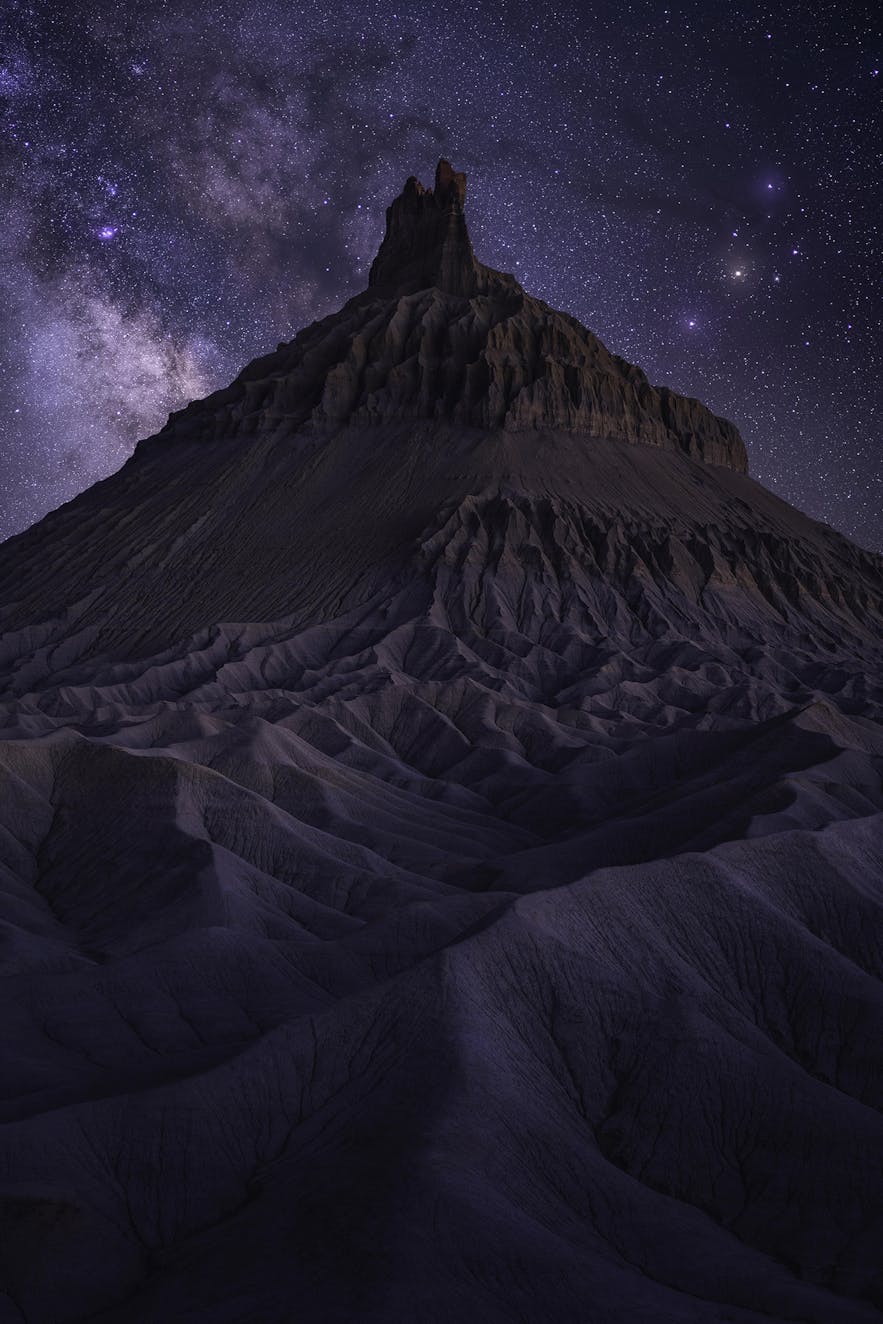 Jess is currently working on Dark Sky Week meet-ups. Photo by: 'Jess Santos'.
Jess is currently working on Dark Sky Week meet-ups. Photo by: 'Jess Santos'.
Do you have any plans for exhibitions, books or any interesting projects this year? Can you tell us a bit more about your artistic plans for the near future?
I have been working on video for the past year and a half and you will start to see that a lot more this year and in the next coming years. This has given me a new creative outlet to focus on and I haven’t shared much of this work until this coming year.
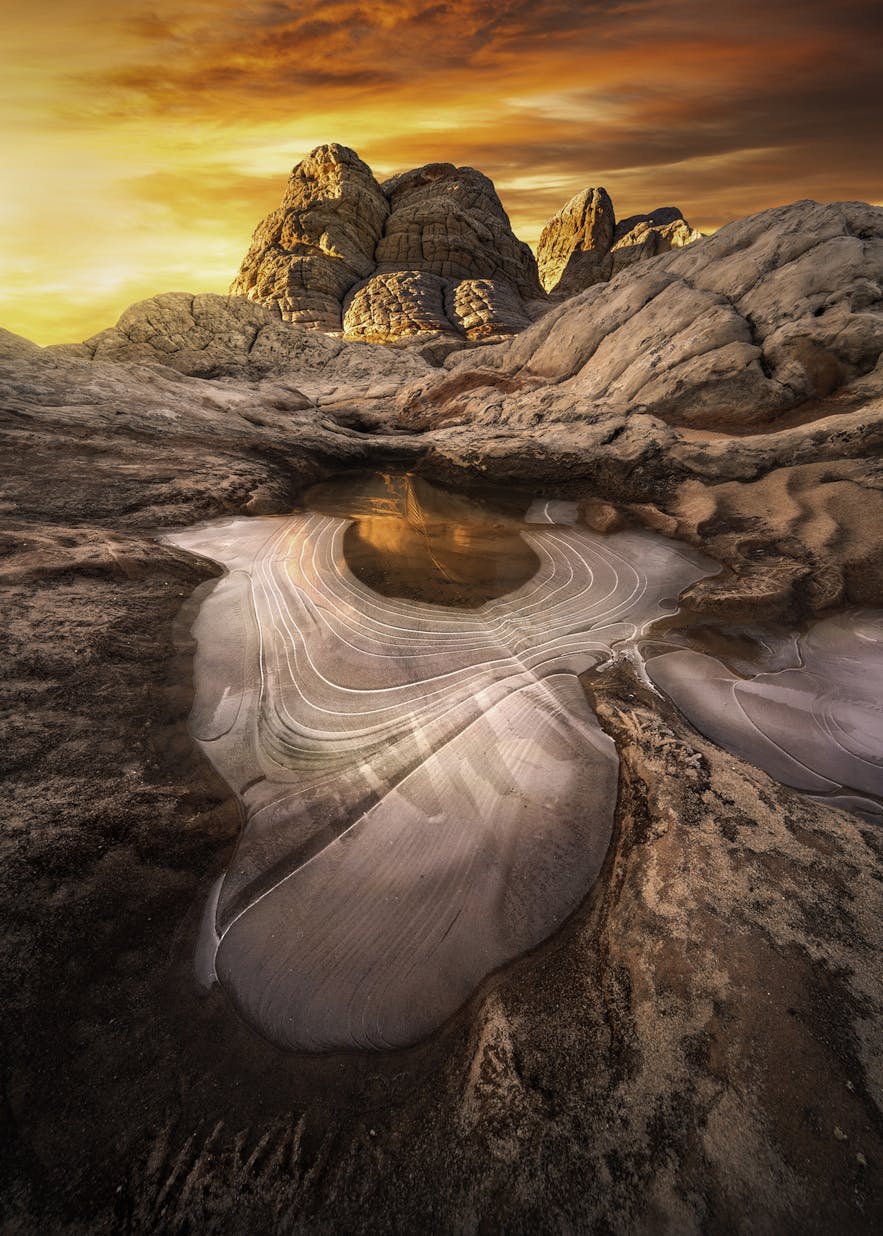 Alongside photography, Jess is moving into the world of video. Photo by: 'Jess Santos'.
Alongside photography, Jess is moving into the world of video. Photo by: 'Jess Santos'.
- See also: The Beginner's Guide to Videography
Finally, what is the most important advice you have for amateur photographers who want to improve their photography in-field?
Tell a story with your images, find compositions that make your viewer feel something, relate to your image in a more emotional way. You will find yourself becoming much more creative in the way you approach a scene, this forces you to evaluate your compositional choices in a more critical way and in the end makes your images more compelling.
To me, composition is the number one most important element of a photograph, the second being light. Once you know what you want to make compositionally, come back if the light isn’t right. Preparing for the shot by watching weather, deciding what time of year is best for sun, moon or stars placement, scouting the location and doing your research will pay off tremendously.
For more information on Jess Santos' work, you can visit her website or find her on Instagram.
Immerse yourself in nature and explore as you travel with your camera, just like Jess! Check out our range of international photo tours and photography workshops.
Other interesting articles

Interview with Rach Stewart
Photography is more than a passion for New Zealand landscape, travel and adventure photographer, Rach Stewart. Having a strong bond with the outdoors has fuelled her desire to explore the world, in...Read more
Interview with Ben Strauss
Imagine living in one of the most beautiful places in the world. Having grown up at the foot of the Rocky Mountains in the USA, landscape photographer Ben Strauss has learned to channel his passion...Read more
Interview with Páll Jökull Pétursson
There is nothing more inspiring than being able to do what you love, apart from loving what you do. For Icelandic landscape photographer Páll Jökull Pétursson, being able to work as a photography gu...Read more









